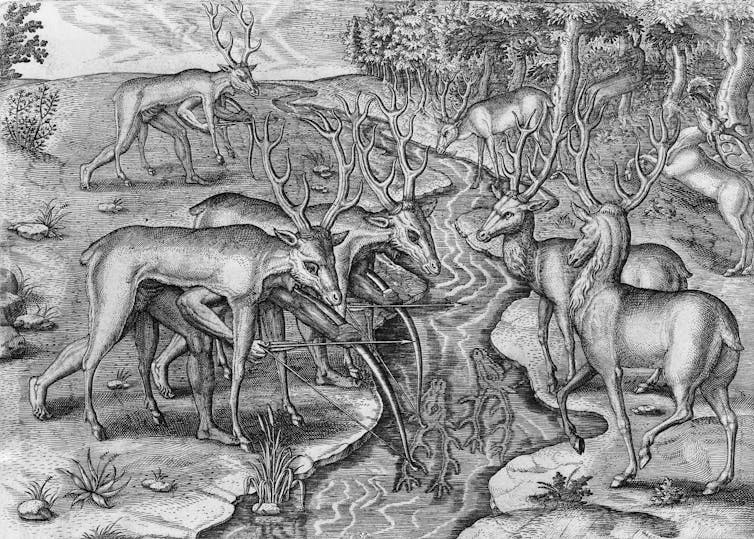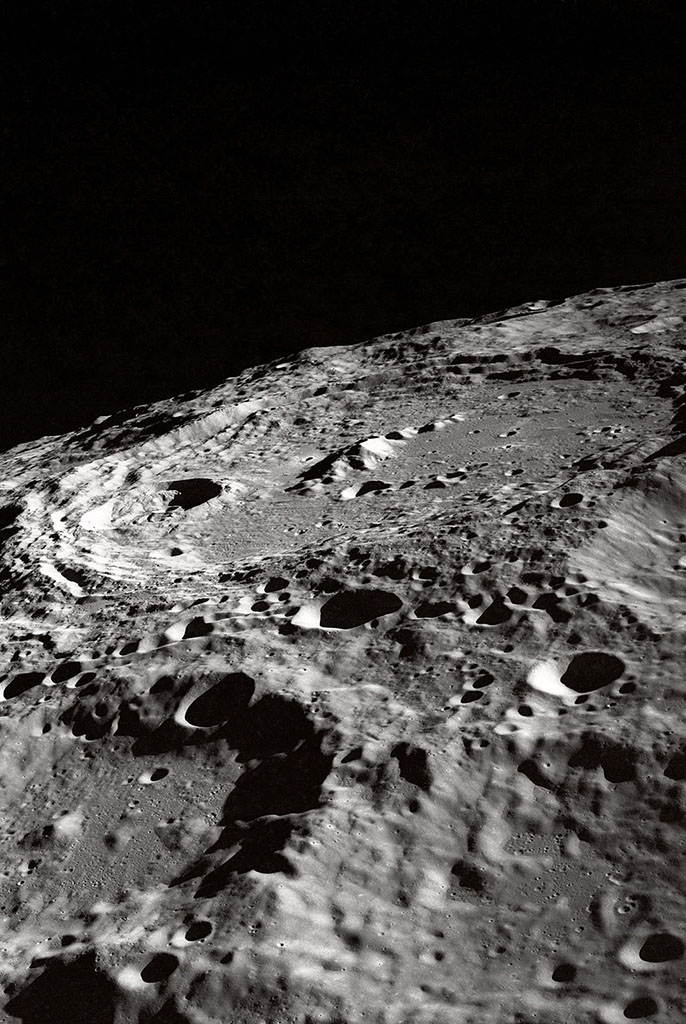Given their abundance in American backyards, gardens and highway corridors these days, it may be surprising to learn that white-tailed deer were nearly extinct about a century ago. While they currently number somewhere in the range of 30 million to 35 million, at the turn of the 20th century, there were as few as 300,000 whitetails across the entire continent: just 1% of the current population.
This near-disappearance of deer was much discussed at the time. In 1854, Henry David Thoreau had written that no deer had been hunted near Concord, Massachusetts, for a generation. In his famous “Walden,” he reported that:
“One man still preserves the horns of the last deer that was killed in this vicinity, and another has told me the particulars of the hunt in which his uncle was engaged. The hunters were formerly a numerous and merry crew here.”
But what happened to white-tailed deer? What drove them nearly to extinction, and then what brought them back from the brink?
As a historical ecologist and environmental archaeologist, I have made it my job to answer these questions. Over the past decade, I’ve studied white-tailed deer bones from archaeological sites across the eastern United States, as well as historical records and ecological data, to help piece together the story of this species.
Precolonial rise of deer populations
White-tailed deer have been hunted from the earliest migrations of people into North America, over 15,000 years ago. The species was far from the most important food resource at that time, though.
Archaeological evidence suggests that white-tailed deer abundance only began to increase after the extinction of megafauna species like mammoths and mastodons opened up ecological niches for deer to fill. Deer bones become very common in archaeological sites from about 6,000 years ago onward, reflecting the economic and cultural importance of the species for Indigenous peoples.

A 16th-century engraving of Indigenous Floridians hunting deer while disguised in deerskins.
Theodor de Bry/DEA Picture Library/De Agostini via Getty Images
Despite being so frequently hunted, deer populations do not seem to have appreciably declined due to Indigenous hunting prior to AD 1600. Unlike elk or sturgeon, whose numbers were reduced by Indigenous hunters and fishers, white-tailed deer seem to have been resilient to human predation. While archaeologists have found some evidence for human-caused declines in certain parts of North America, other cases are more ambiguous, and deer certainly remained abundant throughout the past several millennia.
Human use of fire could partly explain why white-tailed deer may have been resilient to hunting. Indigenous peoples across North America have long used controlled burning to promote ecosystem health, disturbing old vegetation to promote new growth. Deer love this sort of successional vegetation for food and cover, and thus thrive in previously…



